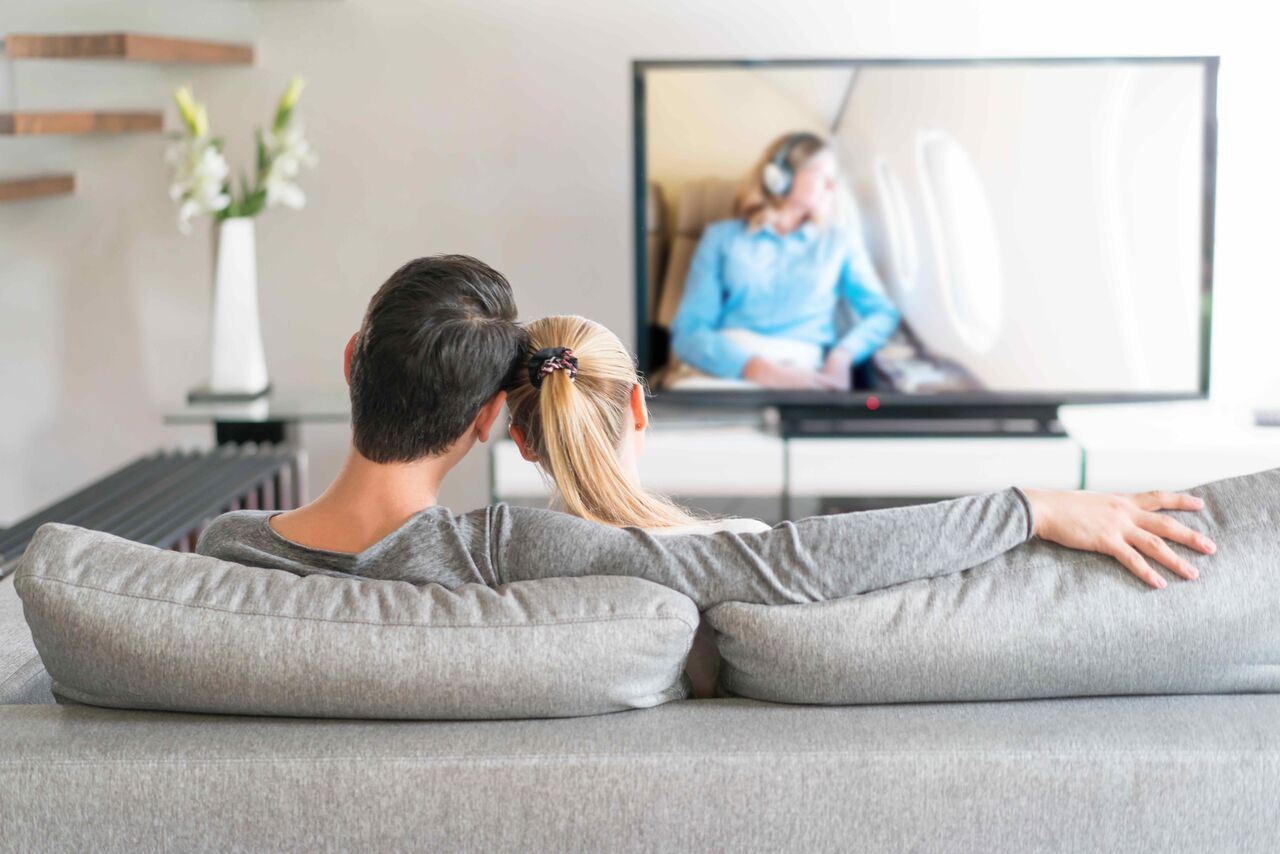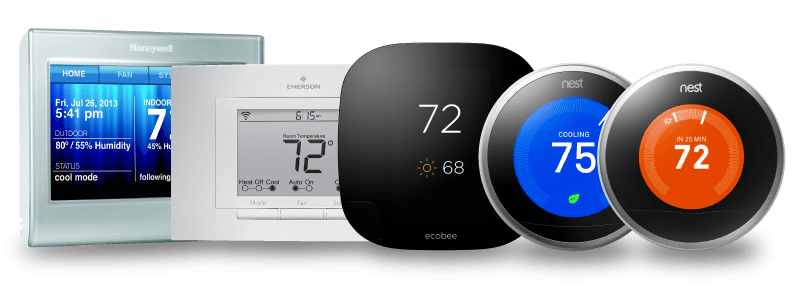When it comes to the most energy efficient television, here are the facts…
According to the Energy Rating website, one in four Australians buy a new television each year. Per Australian law, every television sold or supplied within the country must meet a minimum level of energy efficiency. When displayed in a store, each television must also feature an energy rating label, which tells consumers how much energy the unit uses per year and provides a star rating comparing its efficiency to other televisions of the same size.
But while a lot of energy efficient televisions exist, as well as information scoring and comparing the efficiency of various models, are there actually benefits to upgrading your TV? To answer this question, let’s start by taking a look at 2016’s most energy efficient television.
The most energy efficient television…
According to Energy Star, the most efficient television for 2016 is [drum roll, please] the LG 24LF452B – a 23.6-inch, wall-mountable LED HDTV.
While this model is fairly standard by most definitions – measuring in at 23.6 inches and lacking features such as automatic brightness control – it is at the top of the heap for a reason. The LG’s reported annual energy consumption is 30.6 kWh, less than half the usage of the next most efficient model on the list. The estimated annual cost to operate is a mere $3.52.
Is it worth upgrading your television?
That depends on what type of television you’re currently using. If you’re still holding on to a big box CRT TV, for example, the answer is most likely “yes.” These older televisions can consume as much as four times the energy of a modern flat screen.
A 2005 test of big box TVs found that “one of the worst offenders,” a 32-inch JVC HV-32D40BK, consumed an astounding 164W when switched on. If you were to watch television for five hours per day, this particular big box TV would set you back $72.84 AUD per year – more than 20 times the annual cost to operate the previously mentioned LG model.
Obviously not everyone considering an upgrade is still using a big box TV, so what about an older-model flat screen? According to the same study, the annual running cost of the 2011 Sony Bravia KDL-32EX523 flat screen is $21.71 AUD or more than six times the cost of the high efficiency LG model.
There is also a significant difference in usage between modern televisions designed to energy efficiency standards and those that are not. A new, non-energy efficient TV between 10 and 35 inches generally uses 120 kWh per year – nearly four times the usage of the top-rated LG unit.
The verdict
There are a variety of television options allowing consumers to minimise energy usage while maximising cost savings. While the latest model may not make sense for everyone, if you’re an energy-conscious consumer or looking for areas in which you can cut costs, you may want to consider upgrading your television.
Stay up-to-date
Watch the Bulk Energy blog for more updates and energy efficiency news.








